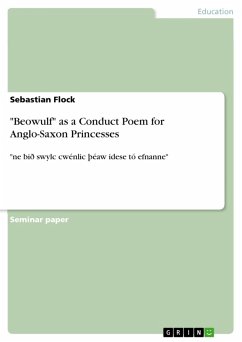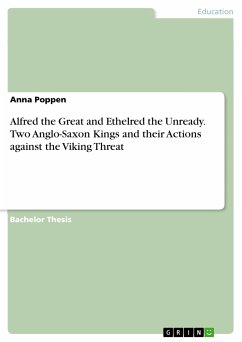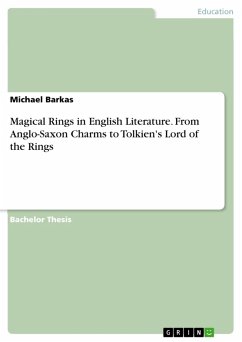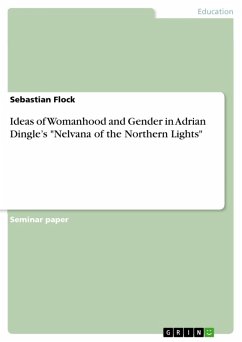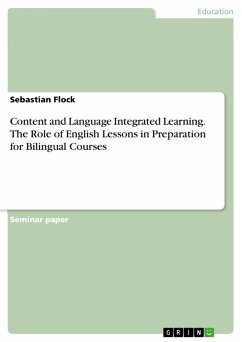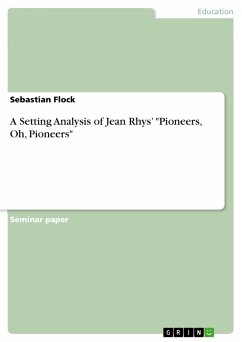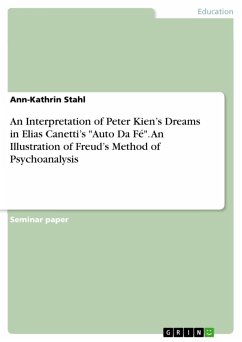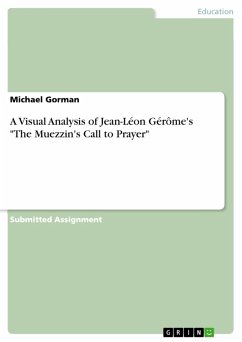Seminar paper from the year 2016 in the subject Didactics for the subject English - Literature, Works, grade: 1, http://www.uni-jena.de/ (Institut für Anglistik/Amerikanistik), course: Literary History: Beowulf, language: English, abstract: Conduct guides for young princes and princesses have a long history in western culture. Although their heyday was between the 13th and 15th century, their roots can be traced back to Roman and Greek antiquity. They were made to transmit traditional teaching on correct behavior, service, etiquette, etc. and they tried to hand down the moral attitude of one generation to the subsequent one. Ordinarily, conduct literature was made for young men. They were seen as the main target group of these educating texts because such treatises often describe the manners of knights orleaders. 'Beowulf' contains many parts that fit into this category and it was Levin Schücking who first examined these parts against the background of conduct literature. He analyzed the depiction of male characters like Beowulf and Hrothgar, and he came to the conclusion that the epic of 'Beowulf' was made to teach young princes about loyalty, generosity, good leadership and virtue. Furthermore, he mentions the possibility that this epic was also written for the education of young princesses since simultaneous education of boys and girls was not unusual in medieval royal families. A closer investigation on this topic, however, has not been undertaken until now. This being the case, I want to throw some light on this dark spot of 'Beowulf' research with this treatise. The analysis of the depiction of four central women - Wealhtheow, Hildeburh, Modthryth and Grendel's mother - is supposed to show that these characters are presented as good respectively bad exempla for appropriate female behavior. I want to demonstrate that the stories about these four ladies are topically connected to each other and that they may have served as conduct stories for Anglo-Saxon princesses. To achieve this aim, I am going to concentrate on the three ostensible female ideals depicted in 'Beowulf': the queen-mother, the hostess and the peace-weaver.
Dieser Download kann aus rechtlichen Gründen nur mit Rechnungsadresse in A, B, BG, CY, CZ, D, DK, EW, E, FIN, F, GR, HR, H, IRL, I, LT, L, LR, M, NL, PL, P, R, S, SLO, SK ausgeliefert werden.

